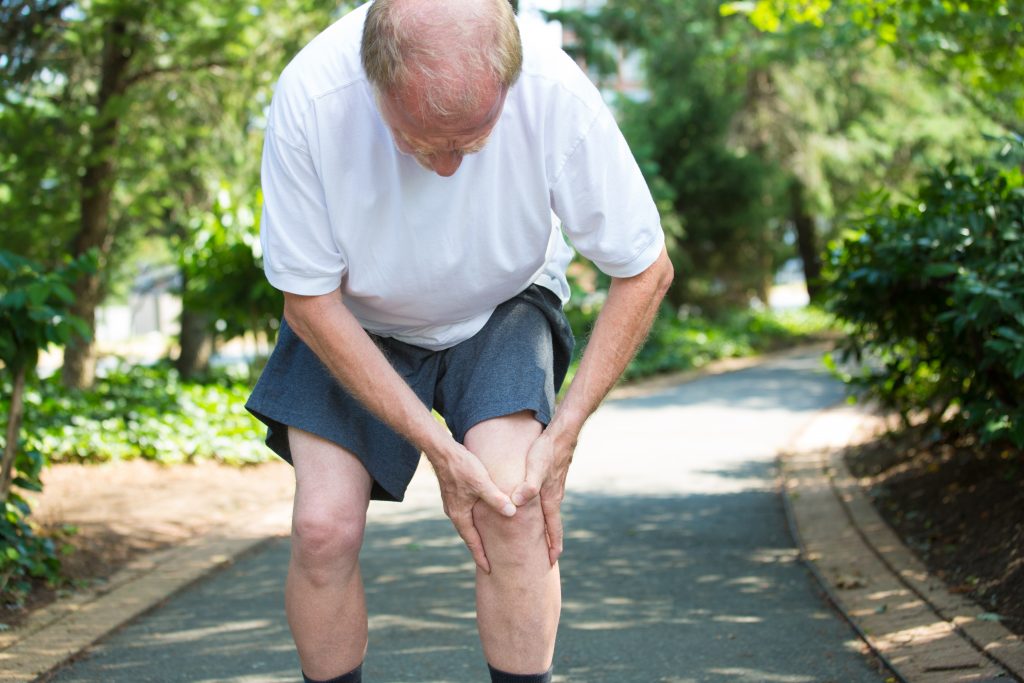DETERMINING IF YOU HAVE OSTEOARTHRITIS
The diagnosis for osteoarthritis is made based on people’s symptoms and examination findings.
An early sign of osteoarthritis in the knee or hip may be that the joint hurts and may feel stiff in the morning, or when you have been sitting still for a period of time. Stiffness and reduced mobility can make it difficult to do the things that you used to, for instance crouching, such as when you are putting on socks. People often describe that they are more ‘careful’ going down stairs, maybe even doing one step at a time rather than alternating steps.
Osteoarthritis often starts in one part of the joint and the symptoms begin slowly and intermittently. Pain occurs at first when you move and put stress on the joint, but later as the condition progresses, pain may become more constant and occur at rest. For most people, these changes are slow and may stop completely. However, for others the joint can deteriorate quickly. Often the symptoms fluctuate with a bad period, followed by a better period. Therefore, it is not currently possible to predict the progression of the disease for each individual. We do know that exercise and weight loss, if you are overweight, are effective in slowing or preventing an increase of symptoms.
X-ray changes
If you see your primary care provider, they may order an x-ray. Depending on the stage of the osteoarthritis, the x-ray may show a number of different changes to the cartilage including decreased joint space, osteophytes (outgrowth of bone), cyst formation (moist cavity of the bone) and sclerosis (liquefaction) of the bone beneath the cartilage. It is important to remember that changes can occur in the joint even before showing up on an x-ray. The severity of symptoms and the severity of the changes on the x-ray often do not match. Many people have problematic symptoms without visible change on x-ray and vice versa. For this reason, a clinical diagnosis of osteoarthritis is done based on symptoms.

